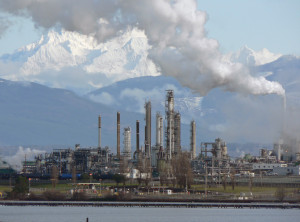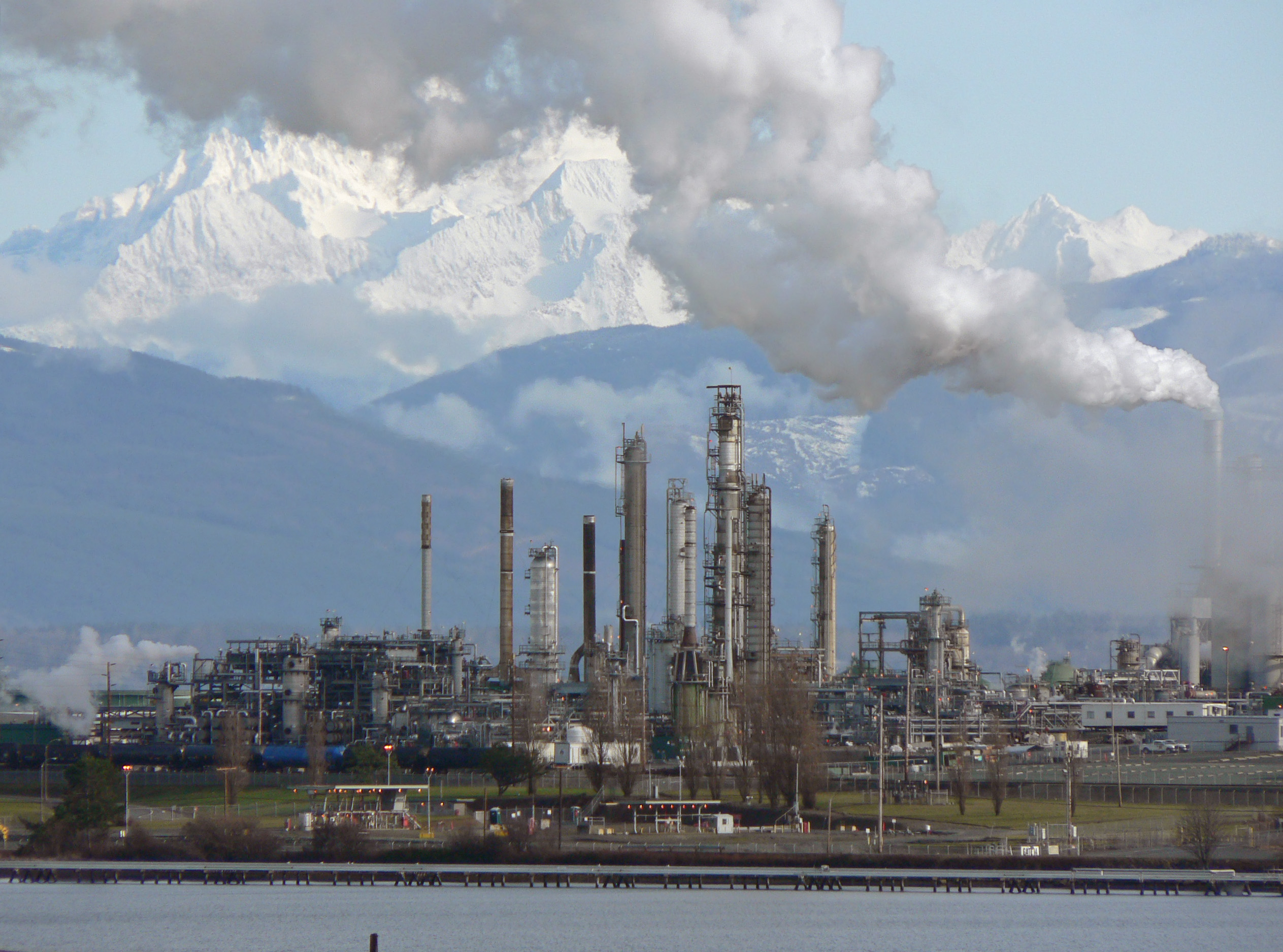 As the domestic energy industry races to become self-sufficient – if not emerge eventually as a global titan, at least in the natural gas realm – one segment that’s been a straggler is finally stepping up. That’s refining.
As the domestic energy industry races to become self-sufficient – if not emerge eventually as a global titan, at least in the natural gas realm – one segment that’s been a straggler is finally stepping up. That’s refining.
America’s refineries provide fuel. They furnish raw materials used by an enormous number of manufacturers. They sustain hundreds of thousands of well-paid jobs.
But more than one oil and gas observer has referred to them as the industry’s difficult stepchild, expensive and risky to run, with less reliable profits than exploration or production. The New York Times called refineries a “low-margin headache” and reported that several large integrated oil companies – including ConocoPhillips, Marathon Oil, and BP – have recently sold refineries or shed entire refining businesses.
Aging Refineries Need Upgrades to Use Shale Crude
Another issue? US refineries are old. Some were built a hundred years ago, and even the newest large capacity refinery is somewhat of a relic, dating back to the Carter administration.

